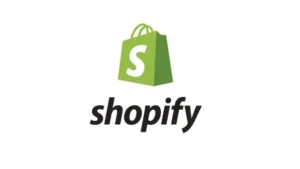How to format .liquid (Shopify liquid) code in Visual Studio.
By settings language as HTML I can do it but at the same time, I can’t use Shopify autocomplete. When I switch to liquid.html then I can use the autocomplete but I can’t format code. Is there any way I can use another language and format code as another language in visual studio?

 Question posted in
Question posted in 

2
Answers
The VSCode Liquid extension provides formatting and syntax highlighting. Also has intellisense and ton of other features.